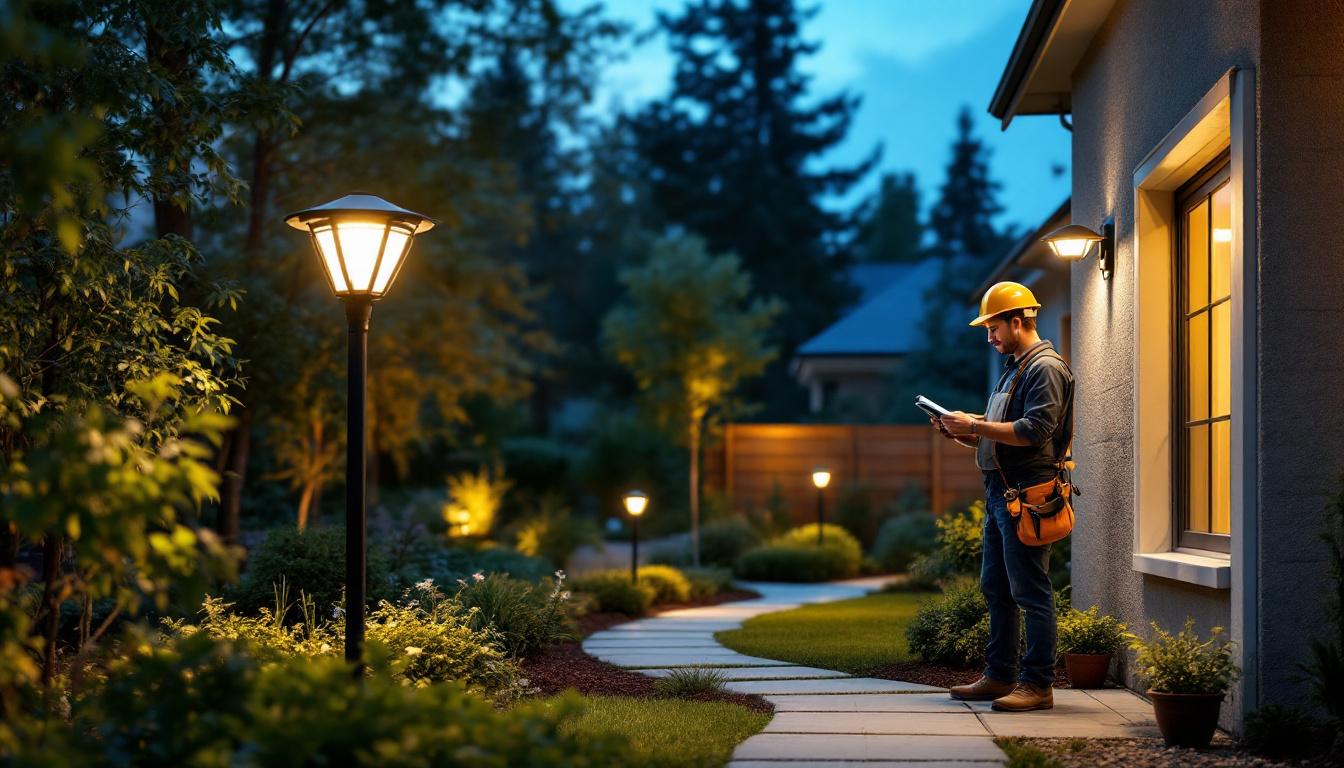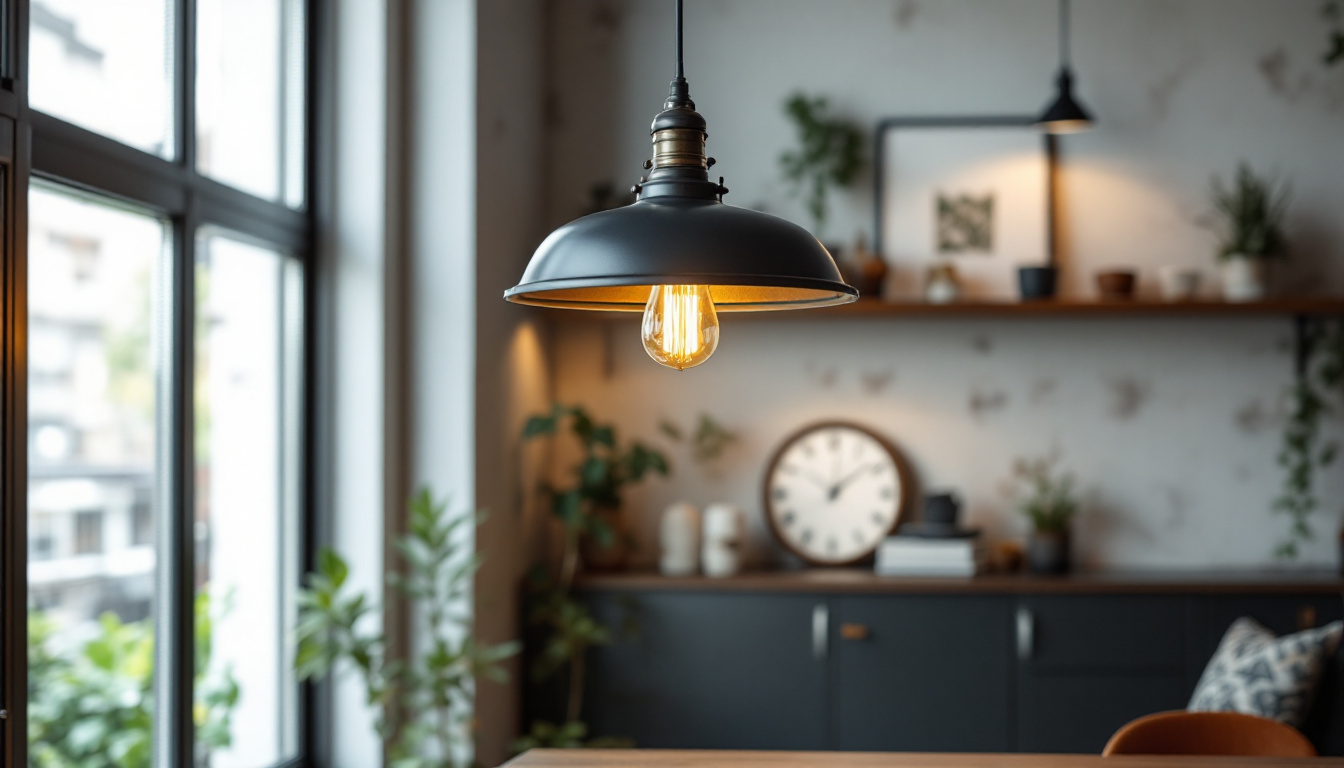
In ceiling lighting plays a critical role in both residential and commercial spaces, offering a sleek, unobtrusive source of illumination that enhances aesthetics and functionality. For lighting contractors, the challenge extends beyond mere installation; it involves designing and implementing systems that stand the test of time. Future-proofing lighting projects ensures that installations remain relevant, efficient, and adaptable to evolving technologies and user needs.
With rapid advancements in lighting technology—such as the transition from traditional incandescent bulbs to LED and smart lighting systems—contractors must anticipate changes to avoid costly retrofits or replacements. Future-proofing not only protects the investment of clients but also enhances a contractor’s reputation for delivering sustainable, forward-thinking solutions.
Moreover, as energy efficiency becomes increasingly critical in both residential and commercial sectors, future-proofing ceiling lighting can significantly reduce energy consumption and operational costs. By integrating energy-efficient fixtures and controls, contractors can help clients benefit from lower utility bills while contributing to a more sustainable environment. This proactive approach not only aligns with global efforts toward reducing carbon footprints but also positions contractors as leaders in the green building movement.
Additionally, the integration of smart technology into ceiling lighting systems is a key aspect of future-proofing. Features such as automated dimming, color temperature adjustments, and remote control capabilities allow users to customize their lighting experience according to their preferences and activities. As the Internet of Things (IoT) continues to evolve, the ability to connect lighting systems with other smart home devices will become increasingly important. Contractors who embrace these innovations will not only meet current consumer demands but also anticipate future trends, ensuring that their installations remain at the forefront of technology.
Energy efficiency is at the forefront of modern lighting design. LEDs have become the industry standard due to their longevity, low energy consumption, and reduced heat output. According to studies, LED lighting can reduce energy usage by up to 75% compared to incandescent lighting, significantly lowering operational costs over time.
When specifying fixtures and bulbs, contractors should prioritize those that meet or exceed ENERGY STAR certification or similar energy efficiency standards. This not only benefits the environment but also aligns with increasingly stringent building codes and regulations, ensuring compliance now and in the future. Additionally, the lifespan of LED fixtures can reach up to 50,000 hours, which translates to fewer replacements and less waste, making them a sustainable choice for both residential and commercial applications.
Moreover, advancements in lighting technology continue to emerge, such as organic LEDs (OLEDs) and smart LED systems that can change color and intensity. These innovations not only enhance aesthetic appeal but also offer customizable lighting solutions that can adapt to various moods and activities, further emphasizing the importance of choosing energy-efficient technologies that are adaptable to future trends.
Smart lighting systems are transforming how spaces are illuminated. By integrating occupancy sensors, daylight harvesting, dimmers, and programmable controls, contractors can offer clients enhanced flexibility and energy savings. For example, occupancy sensors automatically turn lights off in unoccupied rooms, while daylight sensors adjust artificial lighting based on natural light availability.
Future-proofing involves installing wiring and control systems compatible with emerging smart technologies. This might include using standardized communication protocols such as DALI (Digital Addressable Lighting Interface) or Zigbee, which allow for seamless integration with building automation systems and future upgrades. Furthermore, the incorporation of mobile applications and voice-activated assistants can empower users to control their lighting remotely, providing convenience and enhancing the user experience.
As smart home technology continues to evolve, the potential for integrating lighting with other systems—such as security, HVAC, and entertainment—will only grow. This interconnectedness not only boosts energy efficiency but also allows for personalized lighting scenarios that can adapt to the needs of the occupants, creating a more dynamic and responsive living or working environment.
Lighting needs can evolve due to changes in space usage, occupant preferences, or technological advancements. Designing in ceiling lighting with modular components allows for easy upgrades or replacements without extensive demolition or rewiring. For example, using recessed fixtures with interchangeable LED modules enables quick adaptation to new color temperatures or brightness levels.
Scalability is equally important in commercial settings where expansions or reconfigurations are common. Contractors should recommend systems that can be expanded or reprogrammed to accommodate additional fixtures or zones, minimizing disruption and cost. This foresight not only saves time and resources but also ensures that the lighting system can grow alongside the business, adapting to new layouts or functions as needed.
Additionally, considering the aesthetic aspect of modular designs can lead to innovative solutions that enhance the overall ambiance of a space. Designers can create visually appealing arrangements that can be easily modified, allowing for seasonal updates or thematic changes without the need for a complete overhaul. This adaptability not only meets the practical needs of the occupants but also contributes to a more engaging and versatile environment, making it a key consideration in future-proofing lighting designs.
The durability of in ceiling lighting fixtures directly impacts the lifespan of the installation. Fixtures constructed from corrosion-resistant materials and designed for easy maintenance reduce the risk of premature failure. Contractors should consider IP ratings for moisture and dust resistance, especially in environments such as kitchens, bathrooms, or industrial spaces.
Additionally, selecting fixtures with high color rendering index (CRI) values ensures that colors appear natural and vibrant, which is crucial for retail, hospitality, and healthcare environments. A CRI of 80 or above is generally recommended for quality lighting.
Heat is a primary factor that affects the longevity of LED lighting. Poor thermal management can lead to reduced light output and premature failure. Contractors should specify fixtures with built-in heat sinks or ventilation features that dissipate heat effectively.
During installation, attention to ceiling cavity conditions is essential. Overcrowded spaces with inadequate airflow can exacerbate heat buildup. Proper spacing and ventilation within the ceiling cavity contribute to maintaining optimal operating temperatures for the lighting system.
Electrical infrastructure is foundational to any lighting project. Installing conduit systems that allow for easy access and replacement of wiring supports future upgrades. Additionally, using low-voltage wiring where possible can accommodate emerging technologies such as PoE (Power over Ethernet) lighting, which integrates lighting with data networks.
Contractors should also document wiring layouts meticulously and provide clients with comprehensive as-built drawings. This documentation facilitates troubleshooting, maintenance, and future modifications, reducing downtime and costs.
Lighting fixtures contribute significantly to a space’s visual identity. While trends in design evolve, selecting fixtures with classic, versatile aesthetics ensures the lighting remains appealing over time. Neutral finishes such as matte white, brushed nickel, or black tend to blend well with various interior styles.
In commercial settings, where branding and ambiance are critical, coordinating fixture design with architectural elements creates a cohesive environment that stands the test of time. Offering clients options that balance style with adaptability enhances satisfaction and project value.
Effective lighting design considers not only the fixtures themselves but also their placement and beam angles. Uniform light distribution reduces glare and shadows, improving comfort and functionality. Adjustable fixtures or gimbals allow for directional lighting, which can be reconfigured as space usage changes.
Contractors should collaborate closely with designers and clients to understand the intended use of spaces and tailor lighting layouts accordingly. Incorporating layered lighting—ambient, task, and accent—adds depth and flexibility to the environment.
Maximizing natural light reduces reliance on artificial lighting and enhances occupant well-being. In ceiling lighting projects, integrating controls that respond to daylight levels supports energy savings and comfort. Additionally, strategic fixture placement can complement natural light, filling in shadows and balancing illumination throughout the day.
Future-proofing involves anticipating changes in window treatments or architectural modifications that may affect daylight availability, ensuring the lighting system can adapt accordingly.
In ceiling lighting installations, accessibility is often a challenge. Designing with maintenance in mind—such as using fixtures that can be serviced from below the ceiling or installing removable panels—reduces the time and cost associated with repairs or replacements.
Regular maintenance schedules, including cleaning and inspection, prolong fixture life and maintain lighting quality. Contractors should provide clients with clear guidelines and support for ongoing upkeep.
Technology evolves incrementally, and lighting systems should accommodate phased upgrades. For example, installing universal driver modules that support multiple LED types or integrating control systems that can be updated via software ensures the lighting infrastructure remains current without complete overhauls.
Contractors can offer upgrade paths as part of the project proposal, highlighting how initial investments can be leveraged over time to incorporate new features or efficiencies.
Incorporating monitoring capabilities into lighting systems provides valuable data on energy consumption, fixture performance, and occupancy patterns. This information supports proactive maintenance and informed decisions about future upgrades or adjustments.
Smart lighting platforms often include dashboards or reporting tools that contractors can use to demonstrate value to clients and identify opportunities for optimization.
Future-proofing in ceiling lighting projects is a multifaceted endeavor that requires foresight, technical expertise, and collaboration. By embracing energy-efficient technologies, integrating smart controls, planning modular designs, and prioritizing durability and aesthetics, lighting contractors can deliver solutions that meet current needs while remaining adaptable to future innovations.
Investing time and resources into future-proofing not only safeguards client investments but also positions contractors as leaders in a competitive market, capable of delivering sustainable, high-performance lighting systems that enhance spaces for years to come.
Ready to elevate your lighting projects with future-proof solutions? LumenWholesale is here to support your vision. Our extensive range of spec-grade lighting products combines quality with affordability, ensuring you can deliver sustainable and adaptable lighting systems to your clients. Say goodbye to inflated markups and hello to unbeatable wholesale prices, free shipping, and the convenience you deserve. Don’t compromise on performance—choose LumenWholesale for Wholesale Lighting at the Best Value and light up your projects with confidence.

Discover how mounted solar lights are revolutionizing the lighting industry, offering contractors an eco-friendly, cost-effective solution that enhances outdoor spaces while boosting business success..

Discover the frequent pitfalls lighting contractors encounter with modern flush mount ceiling lights.

Discover the allure of industrial hanging lamps with our comprehensive guide.

Discover expert insights on tackling common challenges faced by lighting contractors when installing living room light fixtures.